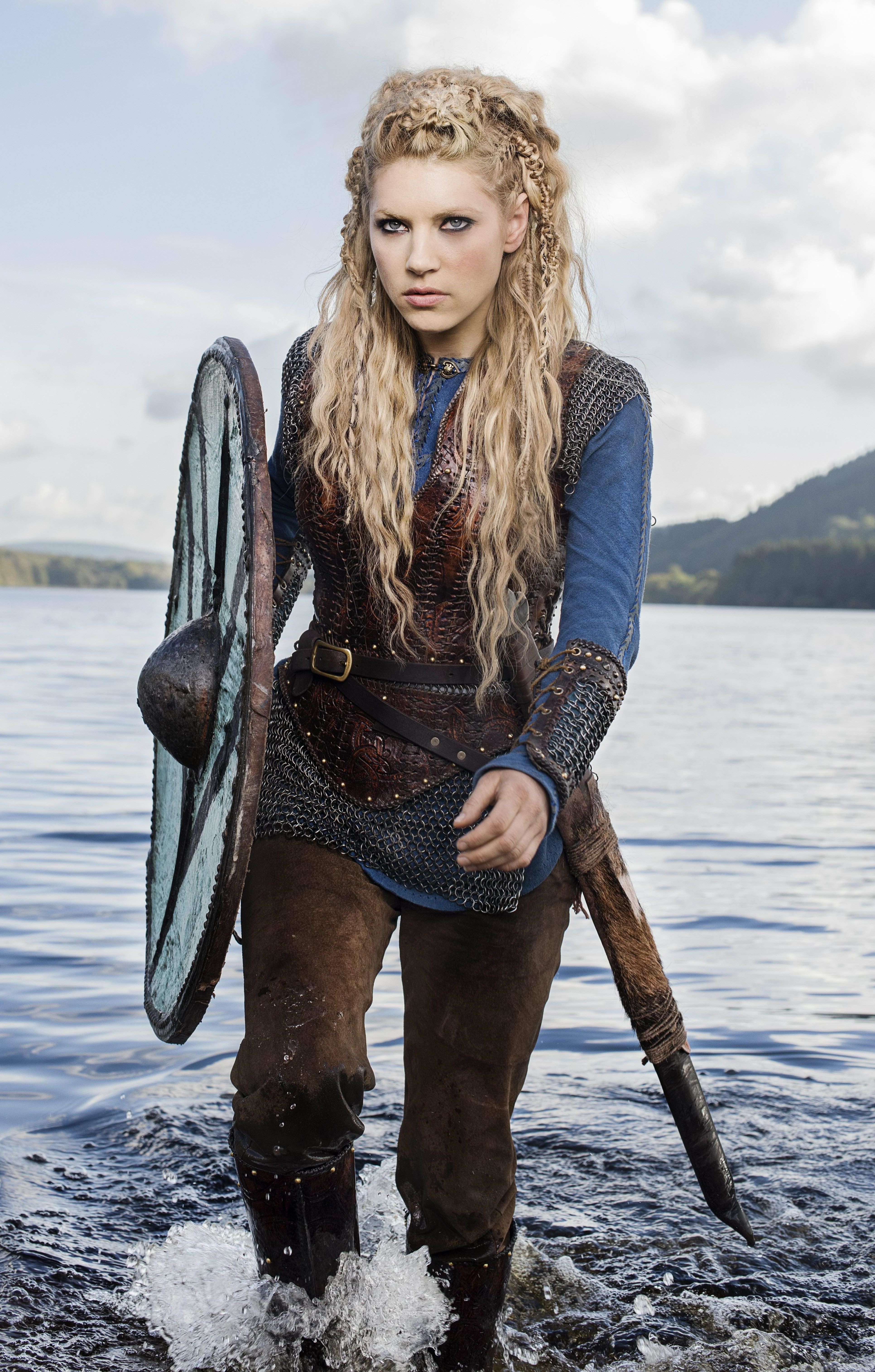

But to really understand why these remarkable Viking women have been ignored, one must consider the history of Viking scholarship itself and how society has come to understand and use Norseman lore. Sexism among scholars (both conscious and unconscious) partially accounts for why history has ignored such striking women. While legendary men and their historical roots are debated and discussed, assumptions about Viking women mean they aren’t afforded a space in the conversation. Only a man could fight or travel to North America. Only a man could have accomplished such feats.

You see this all the time.” Scholars assume a woman couldn’t possibly have been a warrior or traveled to the New World, like the Viking woman Gudrid is said to have done. Ladgerda and her fellow legendary, mythic women were not.īrown says, “There's this concept that a woman couldn't have done this, so therefore she must be imaginary. According to these scholars, Ragnar and Arthur were real, or at least based in actual history. Scholars have likewise argued over Ragnar’s existence-many believing him to be an amalgamation of at least two, and possibly more, real historical figures. In an interview with the Independent, celticist Andrew Breeze argued adamantly for Arthur's existence. Consider figures like King Arthur or the Viking hero Ragnar Lothbrok, about whose existence scholars have debated endlessly.

Most prominently, there’s often an assumption that mythological or legendary women didn’t exist and mythological or legendary men did. It instead had everything to do with if she was a novice or “girl” warrior or an expert or “woman” or “maid” warrior.īut even as more books and docuseries feature daring, warrior women like Ladgerda, the treatment of mythic women continues to be very different than that of mythic men. As Nancy Marie Brown, author of an upcoming book on shieldmaids, “ The Real Valkyrie: The Hidden History of Viking Warrior Women,” explains, “The Old Norse word skjaldmær joins ‘shield’ to ‘girl,’ ‘daughter,’ or ‘virgin.’ Another term for a warrior woman, skjaldkona, ‘shield-woman,’ makes it clear that sexual experience has nothing to do with warrior status.” The Old Norse term has nothing to do with whether or not a female warrior had had sex. She is a “shieldmaid” or “shield-woman.” The more common “shieldmaiden” is actually mistranslated. She leads armies, kills her husband in order to rule in her own right, and is repeatedly hailed for her prowess in battle. Ladgerda’s appearance only spans several paragraphs. Gesta was written by historian and theologian Saxo Grammaticus. It’s only more recently that shieldmaids like Lagerda have come to the fore. In medieval sources, such women usually play a supporting role to the story’s male hero-a role they continue to play in Victorian reimaginings of the same story. There are many Ladgerdas throughout history mythological women recorded (usually briefly) in medieval histories for their heroic deeds and adventures, but historical scholarship has largely ignored them. “A skilled amazon, who, though a maiden, had the courage of a man, and fought in front among the bravest with her hair loose over her shoulders,” is one of the scant passages in the 12th century “ Gesta Danorum ” that recounts the legend of the Viking shieldmaid Ladgerda.


 0 kommentar(er)
0 kommentar(er)
